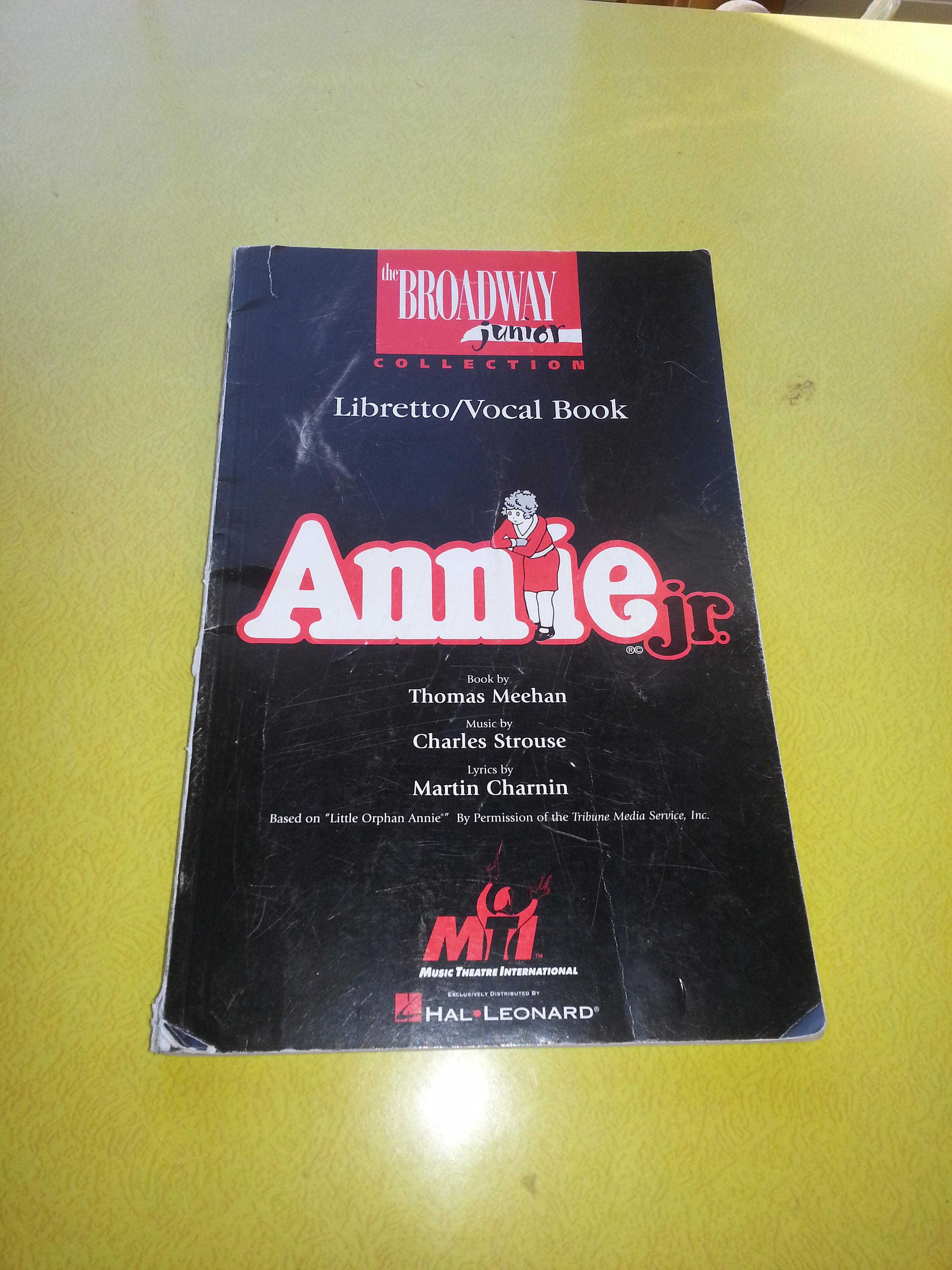
Maria confronts him and tells him how little he understands his children, and he orders her back to Nonnberg. Maria arrives with the children, all wearing clothing that Maria has made from the old curtains in her bedroom. Max explains what’s standing in the way: both she and the Captain are rich! (“How Can Love Survive?”). Elsa finds it charming here in the provinces, but is frustrated that the Captain has yet to propose to her. They are accompanied by Max Detweiler, Third Secretary in the Ministry of Education and Culture, who is on the hunt for the perfect local singing group to perform at the annual Kaltzberg Festival. The Captain returns a month later with Elsa Schraeder, a sophisticated Viennese widow. Meanwhile, a loud thunderstorm causes the frightened children to seek out Maria in her bedroom, where she diverts their fears with a rousing folk song (“The Lonely Goatherd”). She in her way, accepts (“Sixteen Going On Seventeen”). He warns her of the dangers of her innocence and offers himself as a suitable protector. That evening, the oldest child, Liesl, steals away to meet Rolf, a local boy who’s caught up in the political fervor of the streets. Maria understands that the way to gain their trust and acceptance is by teaching them the basics of singing (“Do-Re-Mi”). Furthermore, they have grown up without music in their lives. Upon arriving at the von Trapp home, Maria realizes that he Captain has, since the death of his wife, emotionally closed himself off. To help Maria mature before committing to the religious life, the Mother Abbess sends her out from the Abbey to become a temporary governess to the seven children of a former naval officer, Captain George von Trapp.

The Mother Abbess calls for Maria, and they discover a shared love of one particular childhood song (“My Favorite Things”). Sister Berthe, Sister Sophia and Sister Margaretta debate with the Mother Abbess as to whether Maria is truly ready for a life of obedience and humility (“Maria”).

However, one of the postulants is nowhere to be found: Maria is instead out in the hills, where she goes “when her heart is lonely,” singing at the top of her voice (“The Sound of Music”). In the cloistered sanctuary of Nonnberg Abbey, the nuns invoke Psalm 110 and sing songs of praise (“Preludium”). Salzburg, Austria, 1938, on the eve of the Anschluss.
#Annie jr script and songs for the musical movie
(Trivia buffs will note that Hollywood's most famous unseen voice, Marni Nixon, here has an on-screen role as Sister Sophia, and that the actual real-life Maria von Trapp has a cameo appearance in a Salzburg market scene.) Winner of five Academy Awards, including Best Picture, The Sound of Music has become the most popular movie musical ever made.

Directed by Robert Wise, with a score revised by Rodgers (Hammerstein had died in 1960, so Rodgers composed both music and lyrics for two songs added to the film: "I Have Confidence" and "Something Good"), and a screenplay by Ernest Lehman, The Sound of Music boasted a dream cast: Julie Andrews as Maria, Christopher Plummer as the Captain, Eleanor Parker as Elsa, Peggy Wood as the Mother Abbess and Charmian Carr as Liesl. In 1965 the motion picture version of The Sound of Music was released, and it made Hollywood history. Jean Bayless created the role of Maria in the original London production, which ran for over six years, long holding the record as the longest-running American musical in London.

Florence Henderson starred in the first national tour, which played for over two years. In addition, the cast album earned a Gold Record and the Grammy Award. It ran for 1,443 performances and earned five Tony Awards, including Best Musical. The Sound of Music opened at Broadway's Lunt-Fontanne Theatre on November 16, 1959, and Rodgers & Hammerstein’s last musical was a triumph.


 0 kommentar(er)
0 kommentar(er)
